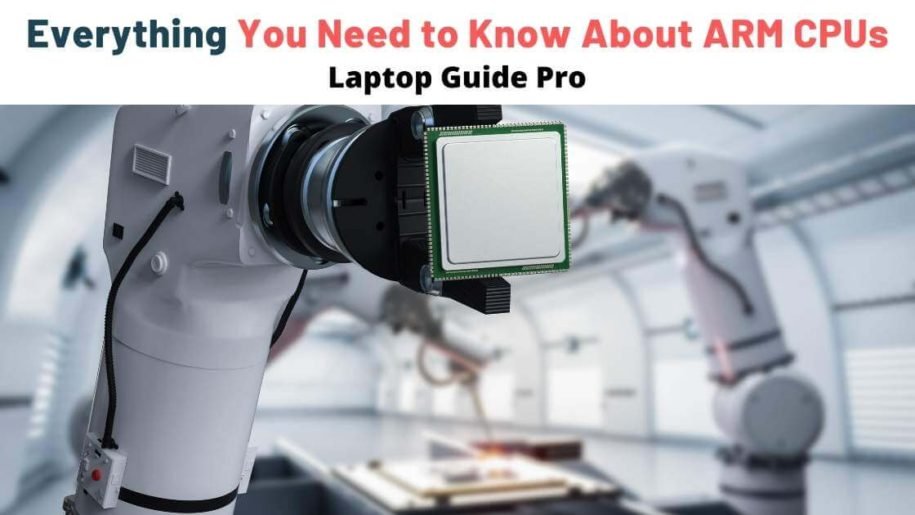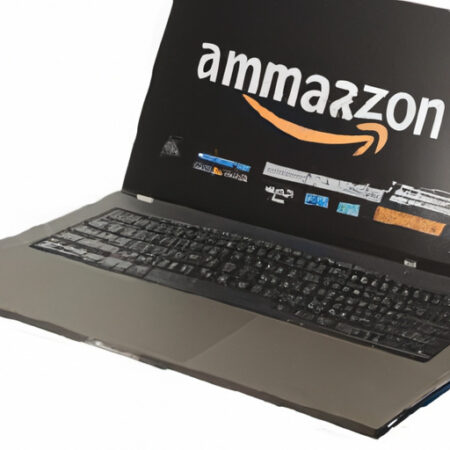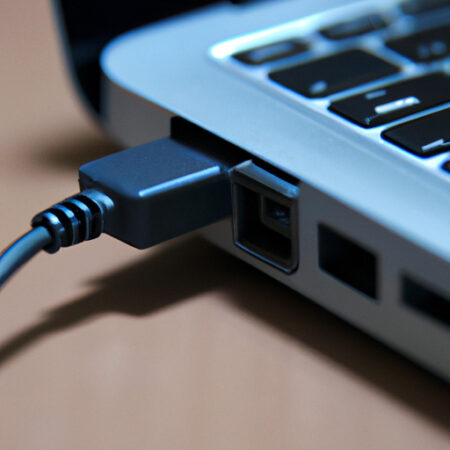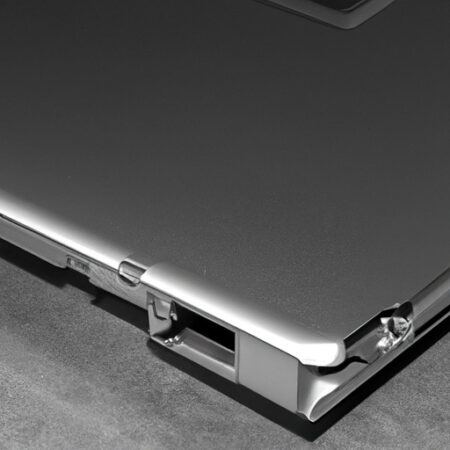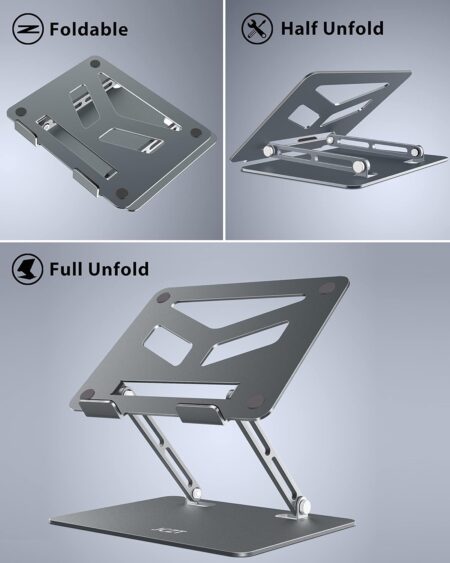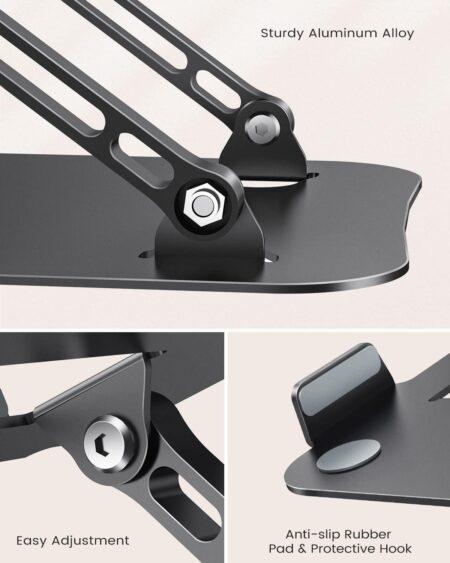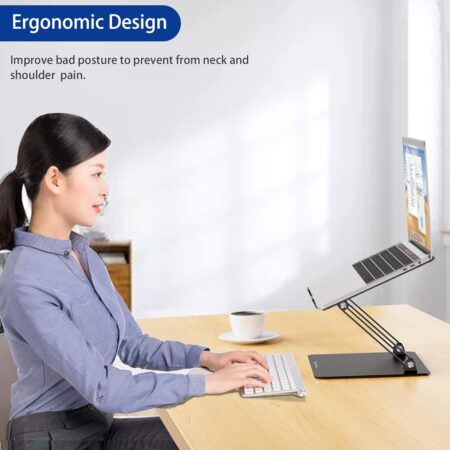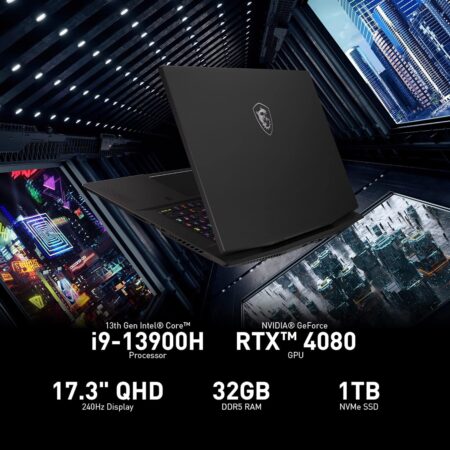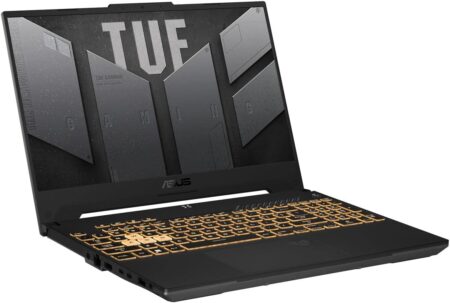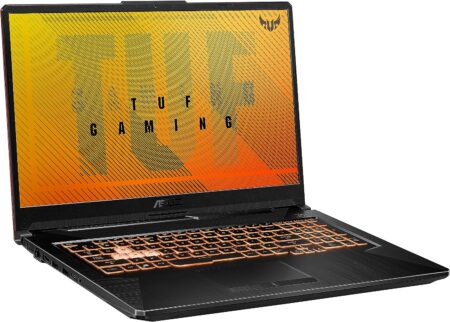Since Apple has chosen to abandon the traditional x86-64 PC architecture in favour of ARM processors, there’s been a lot of noise about them. In this post, we’ll explain what the ARM architecture is composed of, how it functions, and how it differs from normal PC architecture.
Every device, whether it’s a computer, tablet, laptop, smartphone, or anything else, has a processor. The majority of the computing work is done by the processor. The processor receives instructions, executes them, and then produces an output, and as technology has advanced, manufacturers have migrated towards a multi-core processor technology design.
Related: Best Fast Performance Budget-Friendly Chromebooks for Seniors
Most computers are often powered by Intel or AMD processors. These chips are built to provide exceptional desktop performance because they feature a powerful, reliable and stable power supply, as well as dedicated graphics processors and a dedicated cooling system.
However, when it comes to mobile designs, there are a few things to keep in mind: batteries and power sources must be smaller since there is no space for cooling systems, and so processor architecture must be by necessity different.
Until recently, ARM architecture processors have been exclusively utilized in mobile devices and Smart TVs because they are low-power chips without a cooling system that required little energy, making them perfect for these devices. However, things have changed over the years, and their use is becoming more widespread, which is why it’s important to understand how they operate.
What is ARM architecture?
Manufacturers opted to swap the desktop CPU architecture for something more suited to mobile computing as a result of these roadblocks. The ARM processors are the greatest choice, as they make use of a simplified processing style that consumes less energy. This is referred to by the name ARM, which means “Advanced RISC Machine” and RISC stands for “Reduced Instruction Set Computer.”
Confusingly, RISC isn’t a technology in itself but a design ideology, the term RISC is used to describe a variety of different CPU designs. ARM processors are optimized for performance and are designed to accept only instructions that can be achieved in a single memory cycle.
The usual approach for processors is to find, decode, and execute instructions, which is a difficult task because RISC units have 32-bit limits on the number of operations that can be processed.
Any current PC processor is 64-bit, and this allows for far more computational power in the operating system since more complex and longer instructions can be carried out, thus improving the user experience.
How do ARM processors work?
Now that we’ve covered the fundamentals, let’s look at how this kind of processor works. It may appear as if RISC processors and therefore ARM drives are a step backwards.
The first RISC chips were designed in the 1980s, but they had little influence on the market until mobile devices, which were fueled by ARM Holdings, the creator of this architecture and creator of a compressed instruction format. Even though just one set of instructions is processed per memory cycle, instructions may be considerably longer and more complex than in traditional RISC devices, and while they’re still limited compared to their desktop x86-64 counterparts, they aren’t out of reach (and a smartphone isn’t expected to have the performance of a PC either. Of course).
Use of ARM processors
ARM processors combine high-performance RISC designs, low manufacturing costs, and lower power consumption is ideal for smart devices like smartphones and even laptops. However, discussing a group of ARM processors can be difficult because ARM Holdings does not manufacture processors itself, but rather designs the technology and creates the standard, which then gets licensed to other manufacturers. This is why there are so many different forms of this kind of processor.
Manufacturers of hardware pay royalties to the company that created the core technology, but they may then customize it to their needs, software demands, and physical components. As a result, hundreds of goods are available with ARM architecture; however, we must keep in mind that since the software was tailored for this hardware specifically and is, therefore, neither compatible nor interoperable with other architectures.
Use of ARM processors beyond just CPUs
ARM chips are also used in the consumer electronics sector, especially microcontrollers, which are tiny computers with RAM on the same chip that are utilized to operate home appliances and other things.
Microcontrollers are also used in processors for various purposes, such as the software chain of trust that runs on computers and almost any smart device you can think of. That is, ARM processors may now be used in almost any device and not simply as a computer CPU, and in fact, this specialized sector is the smallest to date, with Apple already utilizing it in its PCs.

